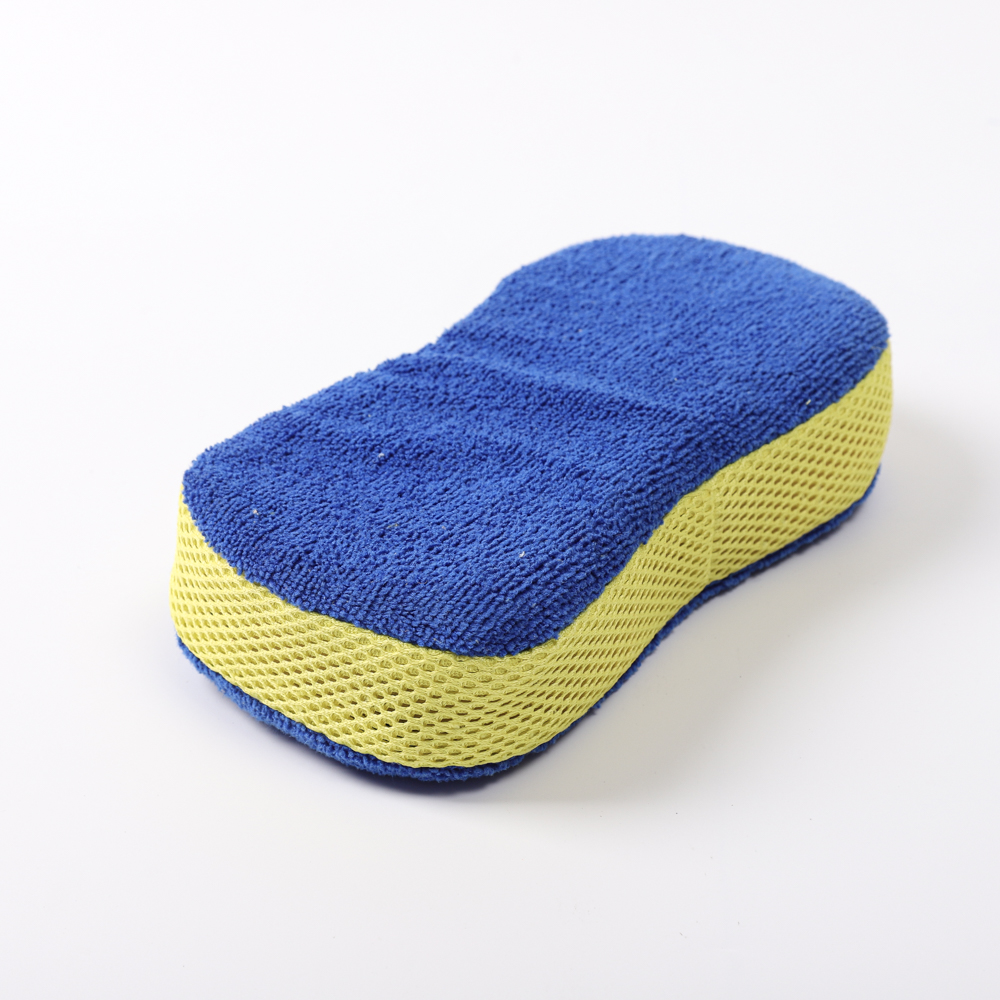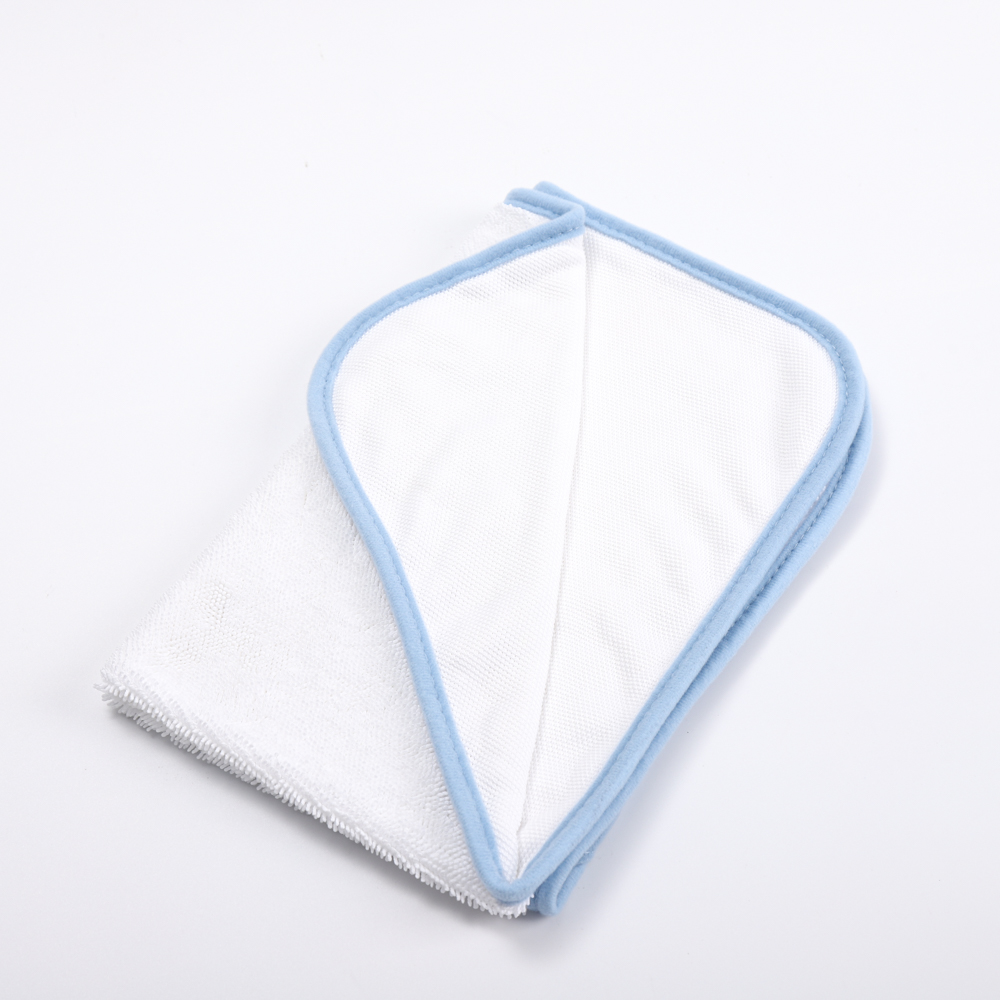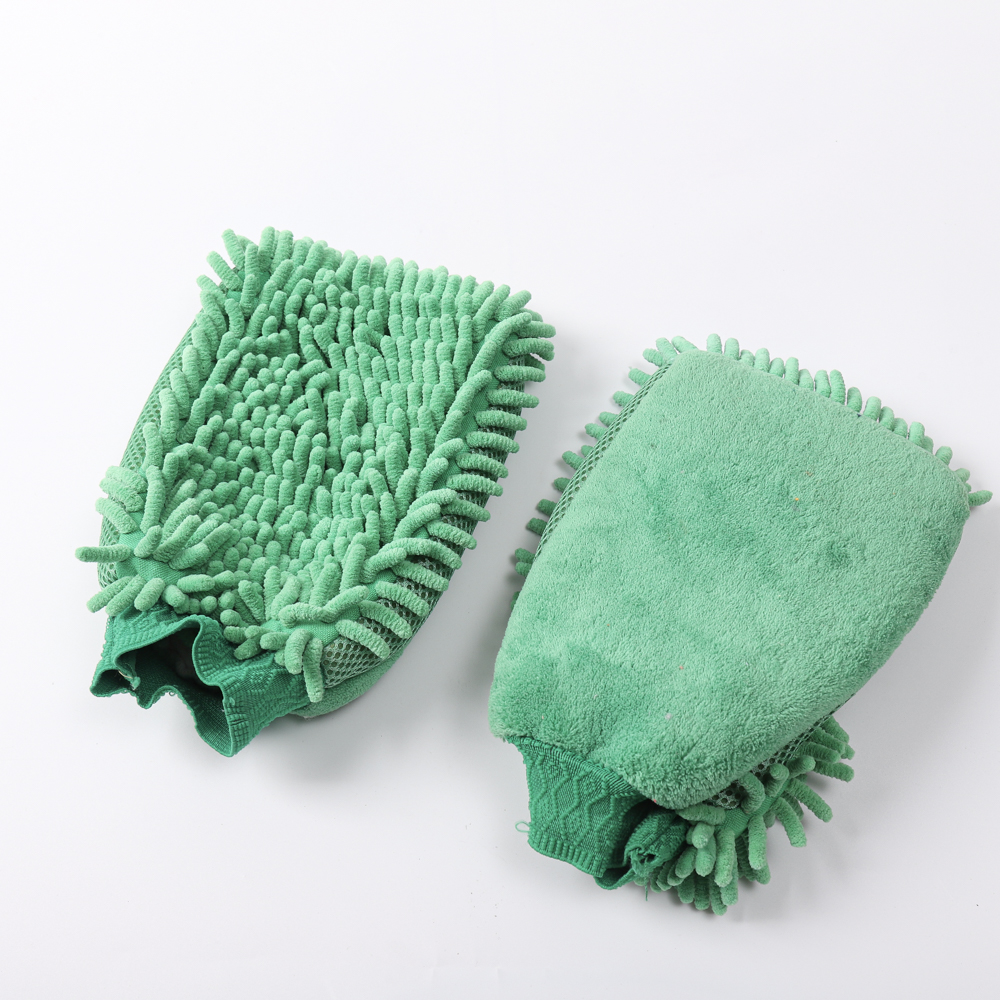Rubber blankets are familiar to everyone involved in printing. Although blankets are often used, most of them only understand some of their basic functions and are not in-depth. The following will make a more in-depth discussion on the general structure of the blanket and the issues that should be noted when using it.
The purpose of the blanket
Offset blanket is one of the most important elements in the offset printing process. It is the last contact medium between the printing press and the printed matter. Its function is to transfer the inked graphics and text from the printing plate according to its original form without any distortion. Onto the paper. Therefore, one of the key factors to obtain the best printing quality is to choose the appropriate blanket according to different printing needs. The use of inferior rubber blankets or inadequate installation of rubber blankets will cause downtime losses and quality problems, increase printing costs, and may eventually lose valuable customers.
Types of blankets
There are two basic types of offset printing blankets, air cushion return type and non-air cushion return type (traditional type). Air-cushion-backed blanket is the most commonly used blanket at present, with excellent resistance to cracking, longer service life, and greater tolerance for lining. The air-cushion-type blanket contains a layer of sponge-like air holes, which acts like a shock absorber. When the blanket cylinder and the impression cylinder are pressed together, the pressure will squeeze the blanket and deform it. After pressing, the air cushion blanket is more conducive to restoring its original shape, and even if there is a slight error in the backing of the air cushion return type blanket, the printing quality will not be affected.
At present, traditional blankets are still used, often referred to as "hard" blankets, the tolerance of the lining is very small, and the requirements for the lining are very high.
The structure of the blanket
Offset blankets are mainly composed of two basic layers: a woven fabric layer and a surface printing layer.
1. Woven layer
The woven fabric layer is the main part of the printed blanket, which is usually composed of multiple layers of fabric. The layers are bonded together by rubber. If it is an air-cushion type blanket, it also contains an air-cushion layer. The woven fabric layer is specially designed for offset printing blankets, which contains a large amount of natural synthetic fibers. The number of layers can be laminated according to the thickness requirements, and 2 to 5 layers can be laminated.
2. Surface layer
The surface layer includes a rubber compound and a blanket surface treatment layer, and plays an important role in determining the printing characteristics of the blanket. Synthetic rubber is used because it can be added with different formulation components, and is compatible with various types of inks, fountain solutions and cleaning agents. At present, there are three main methods of surface treatment for blankets: coating, grinding and chemical treatment. The surfaces of commonly used blankets are coated and cast, and the appearance is smooth and shiny.
Main physical properties of blanket
1. Tensile strength
Tensile strength is a measure of the breaking limit of blankets, and it is also the main characteristic of the woven fabric layer of the blanket. The design of the woven fabric layer will affect the tensile strength of the blanket.
2. Thickness
The thickness of the offset printing blanket should be even and consistent, especially for a blanket with a width of less than 42mm and a cutting treatment, the thickness variation range should not exceed 0.001mm.
3. Ink transferability
Ink transferability refers to the ability of the blanket to transfer ink, including the ability to accept ink and transfer ink. The greater the ink transfer rate, the better the performance of the blanket in transferring ink. Usually expressed in ink transfer rate, ie
Ink transfer rate = (amount of transferred ink / amount of absorbed ink) × 100%
4. Elongation
Elongation refers to the amount that the blanket exceeds its original length under a certain tension.
The elongation of the blanket depends on the strength of the base fabric. A blanket with a large elongation is easy to stretch, resulting in a thinner adhesive layer and reduced elasticity, so the smaller the elongation of the blanket, the better.
5. Elasticity
Elasticity refers to the ability of the blanket to recover the deformation after removing the external force that caused the deformation. The offset blanket needs to be able to immediately recover the deformation at the moment of pressure release, so the offset blanket must have high elasticity.
6. Oiliness of surface adhesive layer
The oil adhesion of the surface adhesive layer refers to the ability of the surface adhesive layer of the blanket to resist the penetration of oil and certain solvents. Blankets with poor oil resistance and solvent resistance, easy to swell after contact with ink and solvents. Offset inks not only require good oil resistance and solvent resistance, but also require the surface adhesive layer of the blanket to have proper lipophilicity, which can be very good To absorb and transfer ink.
7. Compression deformation
The amount of compression deformation refers to the amount of plastic deformation caused by compression fatigue after multiple compressions of the blanket, because the plastic deformation will make the blanket thin, elastically attenuated, and even cannot be used, so the smaller the amount of compression deformation of the blanket, the better.
8. Flatness
Flatness refers to the uniformity of the thickness of the blanket. It is usually expressed by the flatness error. Generally, the flatness error of the blanket is not required to exceed 0.04mm. Otherwise, the ink color of the printed product will be uneven and the dot deformation will be serious.
Installation and use of blanket
1. Install the lining correctly
Choosing the right liner and installing it correctly are the basis for maintaining a balanced and consistent printing quality and performance of the blanket. When installing, you need to consider the following issues.
Roller lining is the basic element for the proper installation of blankets. There are three issues to be noted when determining the lining: blanket thickness, required liner thickness, and required print size. Appropriate liner can transmit the best printing pressure, and can improve the printing quality, anti-inking resistance, blanket life, anti-cracking performance, paper separation, printing plate durability, tension control accuracy, overprint accuracy; otherwise, it will Directly affect the printing quality, such as thinning of printing lines, stacking of ink, poor overprinting, severe emulsification (spots), ghosting, increased dots, low overprint accuracy, paper wrinkling, web breakage, and printing plate durability. malfunction.
2. Use the liner correctly
â‘ Understand the indentation of printing plate and blanket cylinder;
â‘¡ Accurately measure the thickness of the blanket and liner;
â‘¢ Reserve a little extra pad thickness;
â‘£ Correctly adjust and use lining gauge.
3. Methods and techniques for tightening the blanket
In actual production, using a torque wrench to install the rubber cloth correctly can achieve a balanced and consistent strength and avoid the related problems caused by improper tension. The following are the steps to tighten the rubber cloth:
â‘ Install the rubber cloth according to the normal method and use the corresponding torque wrench;
â‘¡After installing the blanket, first use a torque wrench to twist the screw properly, tighten the blanket, and then run the printing press for 2 to 5 turns under the pressure, and then use the wrench to tighten the screw;
â‘¢ After the pressure is removed, tighten the screw firmly to tighten the rubber cloth;
â‘£Tighten the screw again to tighten the blanket when printing is stopped for the first time.
In the printing process, it is sometimes necessary to extend or shorten the imprint time to achieve the accuracy of overprinting. To extend the stamping time, the plate cylinder liner should be reduced and placed under the blanket; to shorten the stamping time, the pad should be transferred from the blanket cylinder to the plate cylinder.
Blanket maintenance and care
1. Storage of blankets
For new blankets, you should check carefully to determine the type, length, width and thickness of the blanket, and store the blanket in a cylinder or carton. This will protect the blanket from sunlight and accidental deformation or damage. Do not Store too many blankets together to avoid scratches or wrinkles.
If it must be laid flat, cover the rubber cloth with the rubber surface and cover it with a protective cover to prevent dust from entering and sunlight and store it in a cool, dry and clean place.
2. Care and maintenance of the blanket
When installing the blanket, observe the relevant safety rules and precautions to ensure that the blanket and the rubber roller are not contaminated; use a calibrated torque wrench, tighten the screws with moderate force, and excessive tension may cause premature fatigue and failure of the blanket; If the tension is too small, the blanket becomes loose during printing, which may cause printing failure.
After installation, use an oil-water mixture to manually clean the surface of the blanket to remove powder and dust remaining on the surface of the blanket. Regular cleaning of the blanket can remove the accumulation of ink. When cleaning, try to use as little cleaning agent as possible. Excessive cleaning agent will soak into the back of the blanket, causing the blanket to swell.
I believe that correctly understanding the structure and various characteristics of the rubber blanket, observing various rules when using it, and paying attention to various problems will greatly help the actual production.
Microfiber auto cleaning products have revolutionized the way we clean our cars.These products are made up of tiny fibers that are finer than human hair and are woven together to create a highly absorbent and effective cleaning tool. Unlike traditional cleaning cloths, Microfiber Towels are designed to trap dirt and grime, leaving your car spotless without the need for harsh chemicals or excessive scrubbing. With the growing concern for environmental sustainability, microfiber auto cleaning products are an eco-friendly alternative to disposable wipes and towels. They are durable, reusable, and can be washed and reused multiple times. In this article, we will explore the benefits of using microfiber auto cleaning products and how they can make your car cleaning routine more efficient and effective.Welcome talk with us about our Auto Cleaning And Waxing Towel,car cleaning mitt,car cleaning sponge.



Auto cleaning products, auto cleaning and waxing towel,car cleaning mitt,car cleaning sponge
jiangsu qiyun cleaning knitting product co.,ltd , https://www.maleclean.com